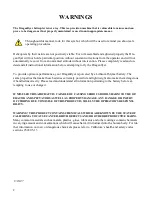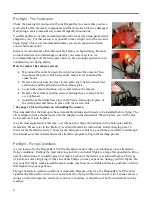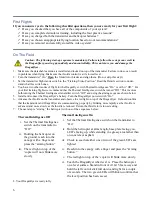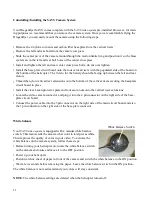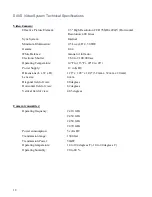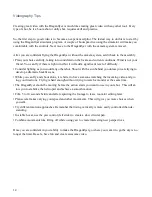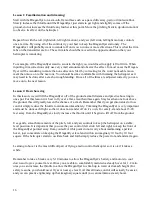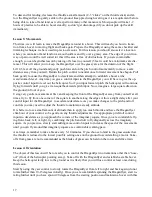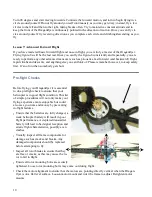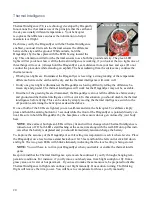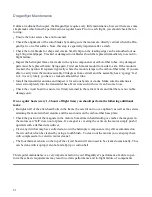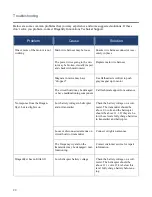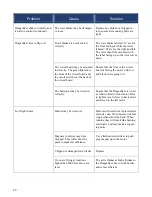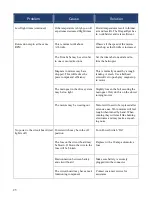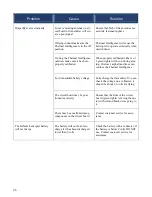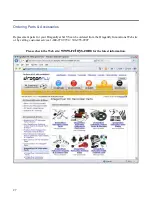
16
Lesson 1: Familiarization and trimming:
Start with the Draganflyer on a smooth, flat surface such as a paved driveway, patio or linoleum floor.
Slowly increase the throttle until the Draganflyer just starts to get light and slightly comes off the
ground, do not increase the throttle any further at this point. Move the pitch(right stick, up/down motion)
to observe its effect on the helicopter.
Repeat this with the roll (right stick, left/right motion), and yaw (left stick, left/right motion) controls
one at a time. By using all of the controls try your best to keep the Draganflyer stationary. The
Draganflyer will probably want to wander off on its own in one or more directions. This is what the trim
tabs on the transmitter are for. These trim tabs should be moved in the opposite direction that your
helicopter is wandering.
For example, if the Draganflyer want to scoot to the right you would need to apply left roll trim. When
inputting trim corrections only use very small amounts and observe the effect. In most cases the Dragan
flyer will be wandering in more than one direction. Start by correcting for the worst noticeable move
ment then move on to the next one. You should become comfortable with trimming the helicopter as it
may need to be done after a crash or rough landing. Once all of the trims are adjusted correctly you can
move on to the next lesson
Lesson 2: Basic hovering
In this lesson, we will lift the Draganflyer off of the ground a small distance and practice hovering in
one spot. For this lesson it is best to fly over a flat, smooth surface again. Stay less than one foot above
the ground, this will greatly lessen the chances of a crash. Remember that if you get disoriented or lose
control simply reduce the throttle to minimum immediately. Trimming the Draganflyer is very important
and must be done each flight so that it does not wander off on it’s own. For safety, stand about 1520
feet away from the Draganflyer, slowly increase the throttle until it begins to lift off from the ground.
Use gentle, smooth movements of the pitch, roll, and yaw controls to keep the helicopter on a stable,
level position. It is important that you use the yaw control (left stick: left and right) to keep the front of
the Draganflyer pointed away from yourself. At this point do not worry about maintaining a perfect
hover, just concentrate on keeping the Draganflyer level and within an imaginary 10 foot by 10 foot
square. If the helicopter starts to oscillate back and forth simply reduce the power to land and start again.
Learning to hover is the most difficult part of flying a radio control helicopter so it is ok if it takes a
while.
Remember to take a break every 510 minutes to allow the Draganflyer’s battery and motors to cool
down and to give yourself a rest. Once you are able to comfortably maintain a steady hover for 1–2 min
utes you can increase the throttle to allow the Draganflyer to climb up to waist or stomach height (For
safety reasons, you should never fly at or near eye level). At this altitude, control will actually be easier,
and you can practice tightening up that imaginary square until you can maintain a steady hover.

